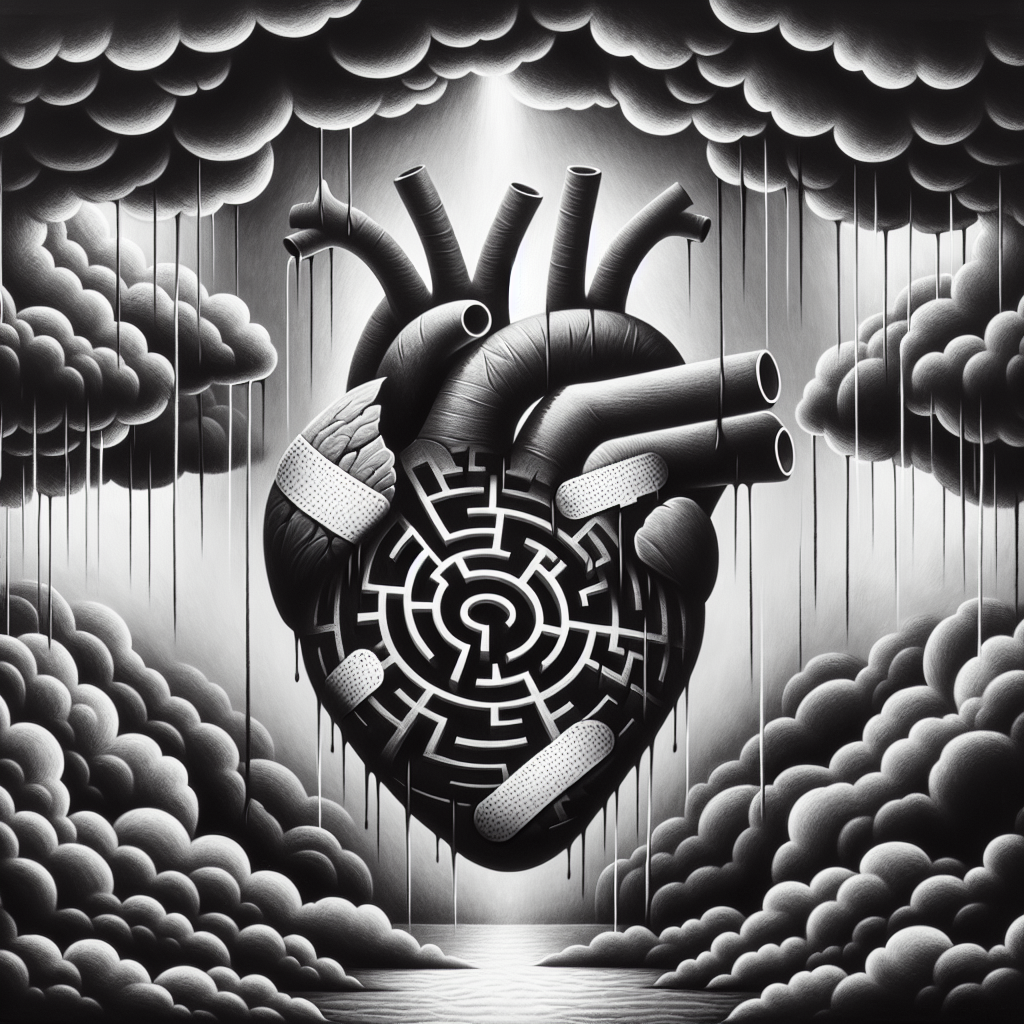Anxiety Injury: A Deep Dive into the Psychological Impact on Physical Health

When we think of injuries, we often visualize physical harm – a broken bone, a sprained ankle, or a cut. However, there’s another type of injury that’s less visible but equally damaging – the anxiety injury. This term refers to the physical symptoms and health problems that can arise as a result of chronic anxiety. In this article, we will explore the concept of anxiety injury, its causes, symptoms, and potential treatments.
Understanding Anxiety Injury
Anxiety injury is a term used to describe the physical manifestations of chronic anxiety. These can range from headaches and stomach issues to more severe problems like heart disease. Anxiety can also exacerbate existing physical conditions, making them more difficult to manage.
The Connection Between Anxiety and Physical Health
Research has shown a strong link between anxiety and physical health. According to the American Psychological Association, chronic anxiety can lead to a host of physical problems, including heart disease, gastrointestinal problems, respiratory disorders, and chronic pain. This is because anxiety triggers the body’s “fight or flight” response, leading to a surge of adrenaline and other stress hormones. Over time, this can take a toll on the body and lead to various health problems.
Recognizing the Symptoms of Anxiety Injury
Some common symptoms of anxiety injury include:
- Chronic headaches or migraines
- Stomach issues like irritable bowel syndrome (IBS)
- Heart problems such as palpitations or chest pain
- Respiratory issues like shortness of breath
- Chronic pain, particularly in the neck, back, or shoulders
If you’re experiencing these symptoms and also struggle with anxiety, it’s important to speak with a healthcare provider. They can help determine if your physical symptoms are related to your anxiety and guide you towards appropriate treatment.
Treating Anxiety Injury
Treatment for anxiety injury typically involves addressing the underlying anxiety. This can be done through therapy, medication, lifestyle changes, or a combination of these approaches. Cognitive-behavioral therapy (CBT) is particularly effective for treating anxiety, as it helps individuals identify and change negative thought patterns that contribute to anxiety.
Conclusion
Anxiety injury is a significant health issue that often goes unrecognized. By understanding the connection between anxiety and physical health, we can better recognize the signs of anxiety injury and seek appropriate treatment. Remember, it’s not just your mental health at stake – chronic anxiety can have serious physical health consequences as well.
Meta Keywords
Anxiety Injury, Physical Health, Mental Health, Anxiety Symptoms, Anxiety Treatment, Chronic Anxiety, Cognitive-behavioral therapy, Stress Hormones, Fight or Flight Response
Note: The image for this article should depict the concept of anxiety injury, perhaps showing a person with visible physical symptoms (like a headache or chest pain) alongside symbols of anxiety (like a racing heart or a worried expression).







